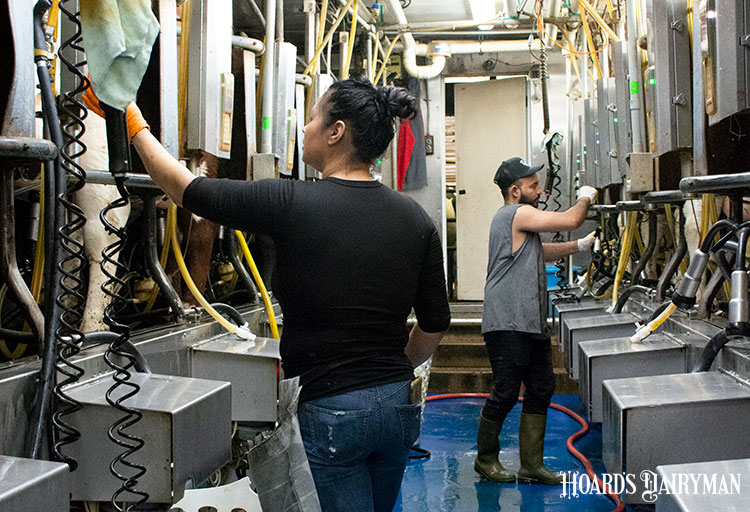
Labor shortages seem to span nearly every industry across the country. A combination of two factors – employees of the baby boomer generation reaching retirement and lower labor participation rates since the COVID-19 pandemic – are making matters worse.
A need for more hired help has been an ongoing challenge in agriculture, but the national labor shortage has compounded the problem. According to the report “Tending to America’s Food Supply” recently released by the American Immigration Council, meat and dairy prices have risen between 4.5% and 7% due to a lack of employees.
Immigrant workers have played an important and growing role in filling jobs in the meat and dairy industries. Of the 90,000 people the report classified as livestock workers – individuals who breed, raise, and care for animals – 20% were born outside of the U.S. This is higher than the 17.4% of foreign-born workers recorded when looking at all industries combined.
For the meat packing industry, the reliance on immigrant labor is even more pronounced. In 2020, 45.4% of workers in these facilities were foreign-born. The trend for using immigrant labor in the meat packing business traces back to the late 1800s, when the opening of new stockyards and packing plants attracted workers from Eastern Europe, the report shared.
When it comes to meat transportation, 26% of workers were born outside of the U.S. This number is higher than the 19.1% of immigrant transportation workers across all industries.
The need for foreign-born employees will only continue to grow, as the effect of an aging workforce is particularly noticeable in agriculture. In the next 10 years, it is estimated that nearly 30% of people working with livestock will reach the age of 65. According to the report, close to 90% of these workers are U.S. born. In contrast, of the livestock workers not reaching 65 years of age in the next decade, almost a quarter (24%) are foreign born.
Many sectors in agriculture utilize the H-2A and H-2B visa programs to hire seasonal foreign labor. In fiscal year 2021, the report noted that the US. Department of Labor certified 32,071 H-2A and H-2B workers for meat and dairy employers. These visas are only temporary, though, and often don’t benefit farms that need year-long employees.
In its summary, the report reiterated that the labor shortage has led to rising production costs for farmers and employers and higher food prices for shoppers. “If the United States is to stabilize its food workforce – and thus stabilize prices – it must consider expanding temporary work visa programs and implementing other long-term reforms – including providing a path to citizenship for many of the undocumented farmworkers in the U.S. today – to address the labor needs of the meat and dairy industries,” the authors concluded.








